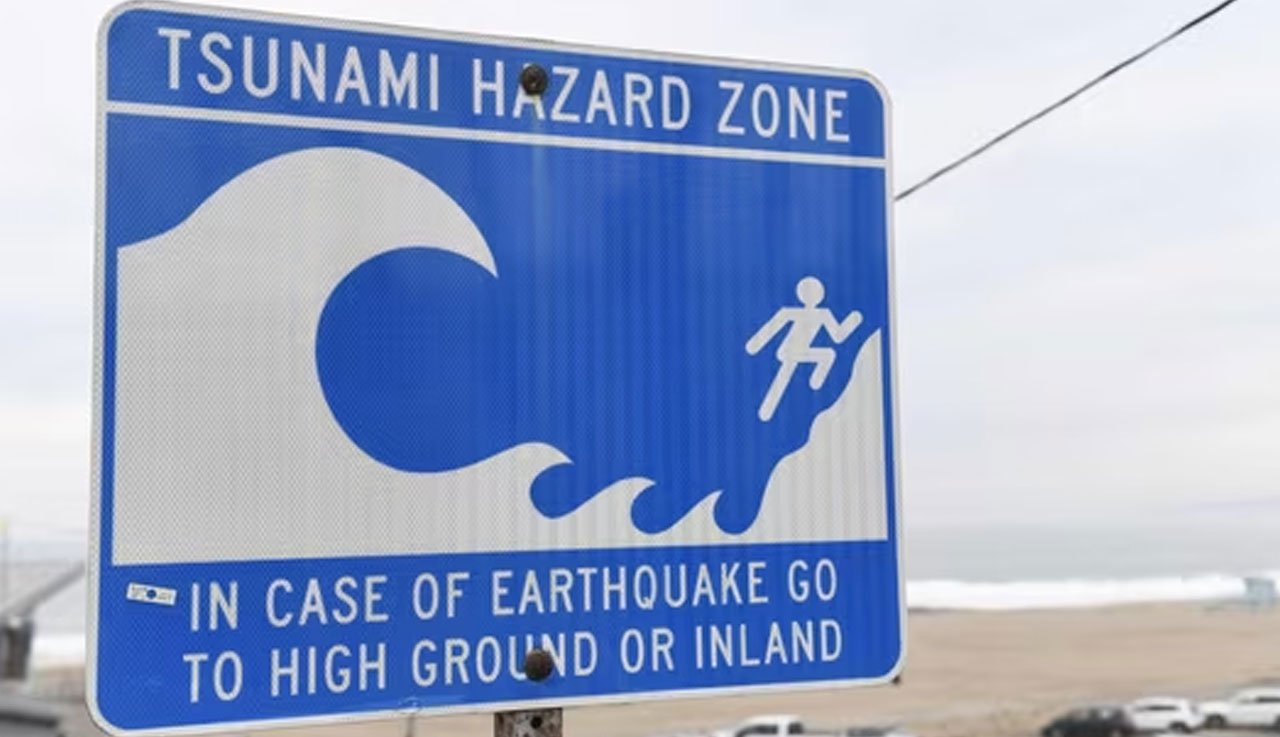In a dramatic display of nature’s fury, a powerful 8.7 magnitude earthquake struck Russia’s far eastern Kamchatka Peninsula on Tuesday, triggering tsunami waves of up to 4 metres and sending shockwaves through coastal towns. The United States Geological Survey (USGS) initially recorded the quake at 7.3 magnitude but later upgraded it to 8.7 following further analysis. The tremor struck at a depth of around 78 kilometres, offshore of Russia’s eastern coast.
Videos emerging from the region show surging waves crashing into harbours and rushing into buildings along the Kamchatka coastline. The region, located along the seismically active Pacific Ring of Fire, is no stranger to such events, but the intensity and aftermath of this quake have brought it global attention.
Panic and Evacuations in Kamchatka
Local authorities in Kamchatka immediately issued evacuation orders for several coastal areas. More than 4,000 people were evacuated from Ust-Kamchatsky District alone, with footage showing residents fleeing to higher ground. According to Russian officials, emergency services were deployed swiftly and no casualties have been reported so far.
Though initial tremors caused widespread panic, the Russian Ministry of Emergency Situations stated that tsunami waves eventually receded without causing extensive destruction. However, the psychological impact on locals and the damage to coastal infrastructure remain significant.
No Tsunami Threat to India, Clarifies INCOIS
As news of the earthquake spread, concerns arose over possible tsunami threats to other nations bordering the Pacific and Indian Oceans. According to Hindustan Times, the Indian National Centre for Ocean Information Services (INCOIS) has clarified that there is no tsunami threat to India.
In a statement released shortly after the quake, INCOIS confirmed that based on their real-time monitoring systems and modeling, the seismic activity in the Kamchatka region does not pose any tsunami danger to India’s eastern or western coastlines. This update was crucial in calming concerns, especially in the wake of the devastating 2004 tsunami that originated in the Indian Ocean and claimed thousands of lives.
Pacific Tsunami Warnings Issued, Then Cancelled
The Pacific Tsunami Warning Center initially issued alerts for various coastal regions around the Pacific, including parts of Japan and Alaska. However, those warnings were later either downgraded or cancelled as more accurate readings were processed and it became clear the tsunami’s impact would be localized to the Russian Far East.
Japan’s meteorological agency also monitored the event closely but confirmed there was no significant threat to the Japanese coastline. Similarly, Alaska saw only minor fluctuations in sea levels.
Seismic Activity in the Ring of Fire
The Kamchatka Peninsula is one of the most seismically active areas in the world, located squarely on the Pacific Ring of Fire, where tectonic plates constantly grind against each other. Earthquakes of high magnitude are relatively common in this region, although not all trigger tsunamis.
Experts suggest that the earthquake was a result of subduction zone activity, where one tectonic plate slides beneath another. Such quakes often produce tsunamis depending on their depth and location.
Global Vigilance, But Localised Impact
Despite the global ripple of concern, this latest seismic event is a reminder of how preparedness and early warning systems can mitigate disaster. Russia’s quick evacuations, the functioning of international tsunami monitoring centres, and swift clarifications from INCOIS helped prevent mass panic and ensured safety measures were in place.
While Kamchatka deals with the aftermath, the rest of the world watches closely — a stark reminder that in an age of interconnected warnings and global awareness, nature still holds the power to surprise.
Photo Credit: HT
For more spotlight stories click here
Follow us for latest updates:




